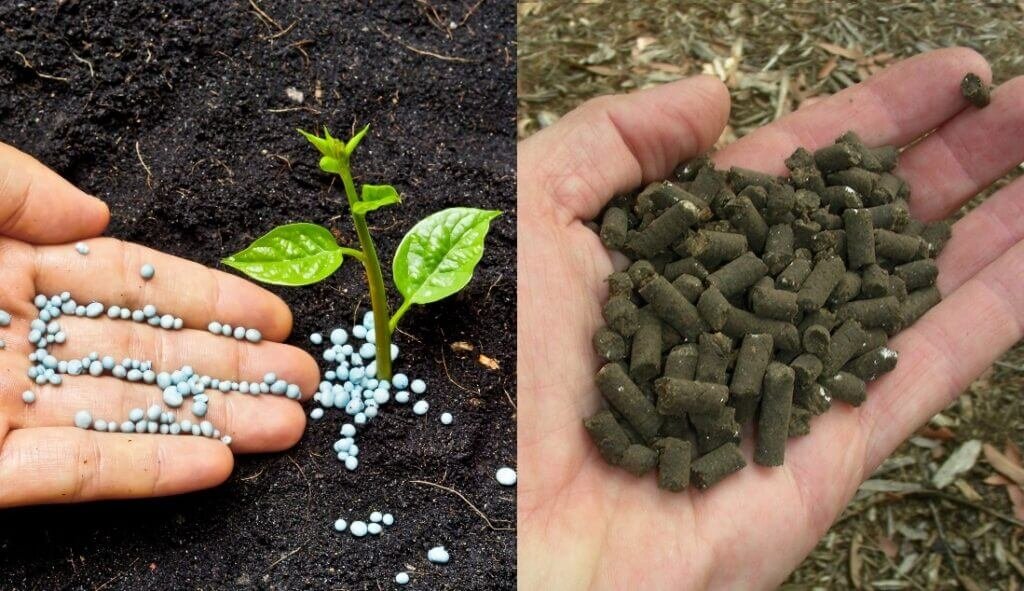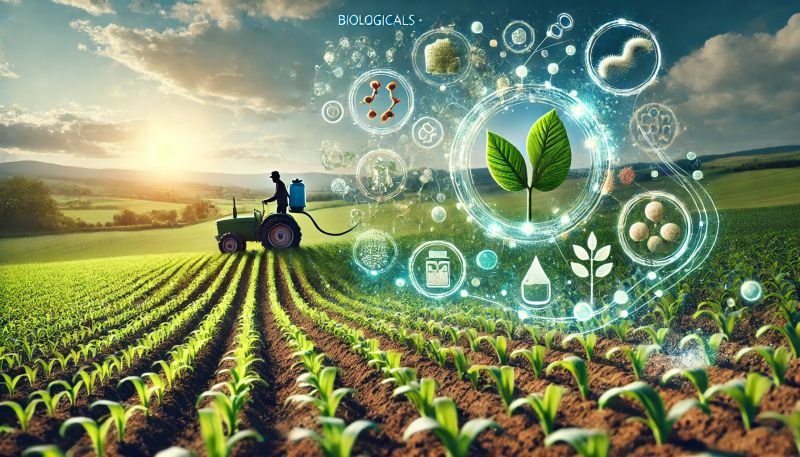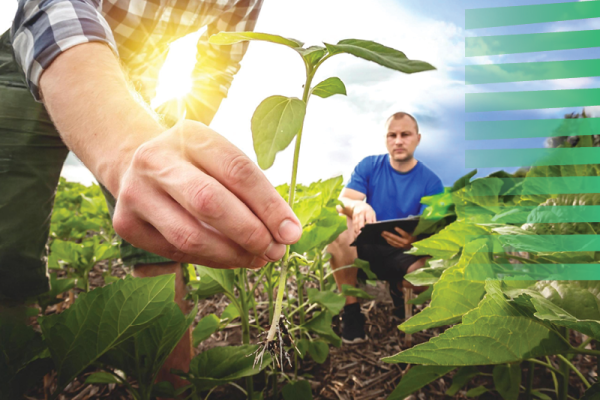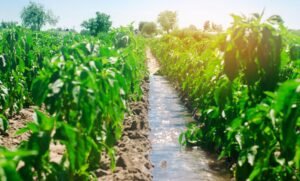The efficiency of irrigation methods is crucial for maximizing crop yields and ensuring sustainable agricultural practices. As the global demand for food rises, modern irrigation techniques have emerged as essential tools for farmers seeking to optimize water usage and enhance productivity. This article explores the primary modern irrigation techniques, including drip irrigation and sprinkler systems, highlighting their benefits, applications, and impact on agriculture.
Key Modern Irrigation Techniques
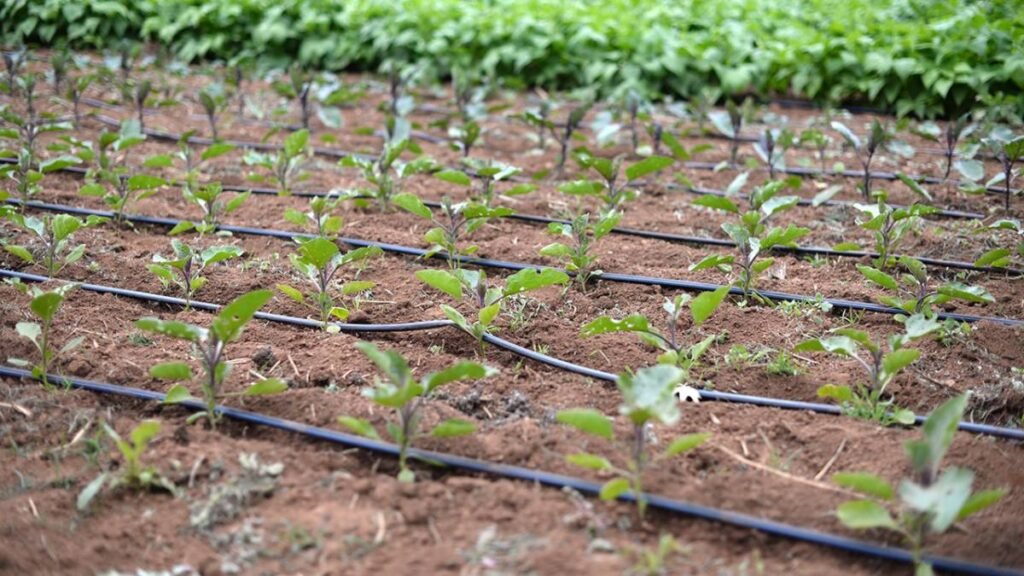
1. Drip Irrigation
Drip irrigation is one of the most efficient watering methods available today. It involves delivering water directly to the plant’s root zone through a network of tubes and emitters.
- Water Efficiency: Drip irrigation minimizes evaporation and runoff, ensuring that nearly all the water applied is used by the plants. This method can save up to 50% more water compared to traditional surface irrigation methods 2.
- Direct Hydration: Water is delivered directly to the roots, promoting healthy plant growth while inhibiting weed growth since water is not spread around the field.
- Nutrient Management: Fertilizers can be applied through the drip system, allowing for precise nutrient delivery that enhances crop health.
According to research from HydroPoint, drip irrigation can increase crop yields significantly while conserving water resources.
2. Sprinkler Systems
Sprinkler irrigation utilizes overhead sprinklers or pivoting devices to distribute water across fields, mimicking natural rainfall.
- Versatility: Suitable for various soil types and terrains, sprinkler systems can be adjusted based on specific crop needs and environmental conditions.
- Uniform Distribution: Modern advancements in sprinkler technology, such as pressure regulators and weather sensors, enhance uniformity in water application while minimizing drift 14.
- Fertilizer Application: Similar to drip systems, fertilizers can be applied through sprinkler systems, improving nutrient uptake by crops.
Sprinkler systems are particularly effective in areas with uneven land or sandy soils where other methods may be less effective.
3. Subsurface Irrigation
Subsurface Modern Irrigation Techniques involves delivering water below the soil surface directly to the root zone of plants.
- Reduced Evaporation: By minimizing contact with air, subsurface irrigation reduces evaporation losses and conserves water.
- Weed Control: This method limits weed growth since water is applied directly to the roots of plants rather than spreading across the field.
- Ideal for Arid Regions: Subsurface systems are particularly beneficial in hot, dry climates where water conservation is critical 12.
This technique has been shown to reduce water use by up to 25% compared to traditional surface irrigation methods.
4. Precision Irrigation
Precision Modern Irrigation Techniques combines advanced technologies such as GPS and remote sensing with traditional irrigation methods.
- Data-Driven Decisions: By analyzing soil moisture levels and crop needs, farmers can apply water more efficiently based on real-time data.
- Optimized Resource Use: This method minimizes waste by ensuring that each part of the field receives only the necessary amount of water.
Research indicates that precision irrigation can lead to significant improvements in both yield and resource efficiency 23.
Benefits of Modern Irrigation Techniques
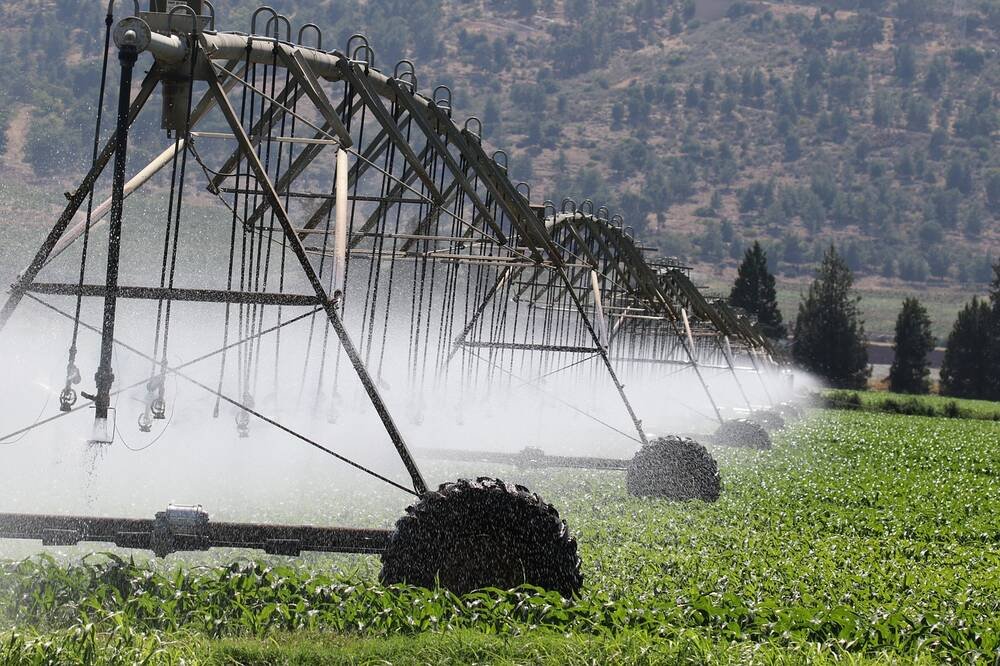
- Water Conservation: Modern Irrigation Techniques methods significantly reduce water usage compared to traditional practices, helping address global water scarcity issues.
- Increased Crop Yields: By providing optimal moisture levels directly to plants, these techniques enhance crop health and productivity.
- Sustainability: Efficient irrigation practices contribute to sustainable farming by minimizing runoff and reducing chemical applications.
- Cost Savings: While initial investments may be high, long-term savings from reduced water usage and increased yields often outweigh costs.
Conclusion
Modern irrigation techniques such as drip irrigation, sprinkler systems, subsurface irrigation, and precision irrigation are transforming agricultural practices by enhancing efficiency and sustainability. By optimizing water use and improving crop management strategies, these technologies play a vital role in meeting the growing global food demand while conserving precious resources. As farmers continue to adopt innovative irrigation solutions, they can ensure a more productive and sustainable agricultural future.
Explore modern irrigation options for your farm—consider investing in efficient systems that enhance productivity while promoting sustainability!
Q&A Section
Q: What is drip irrigation?
A: Drip irrigation is a method that delivers water directly to plant roots through a network of tubes and emitters, minimizing evaporation and runoff.
Q: How do sprinkler systems work?
A: Sprinkler systems distribute water over fields using overhead sprinklers or pivoting devices that mimic natural rainfall.
Q: What are the advantages of subsurface irrigation?
A: Subsurface irrigation reduces evaporation losses, minimizes weed growth, and conserves water by delivering moisture directly below the soil surface.
Resources
- HydroPoint – Modern Methods of Irrigation
- BYJU’S – Modern Methods of Irrigation
- GeeksforGeeks – Modern Methods of Irrigation
- Irrigation Association – Types of Irrigation


